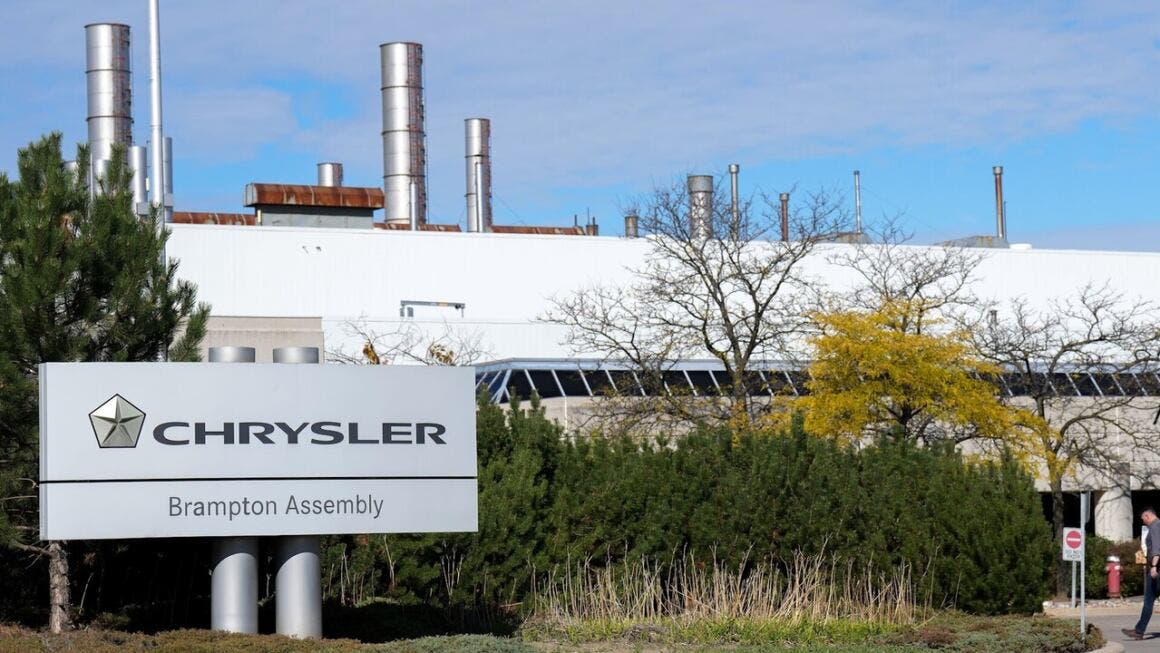The Canadian government and Stellantis are now locked in a fierce battle. The core issue is the relocation of Jeep Compass production. It was moved from the Brampton, Ontario, facility to a “sunnier” factory in Illinois.
This move, according to Industry Minister Mélanie Joly, constitutes a breach of contract, prompting Canada to initiate a formal dispute resolution process, with the clock having started on October 20th.

However, Stellantis claims the Brampton plant is merely on “pause,” and therefore, “no jobs have been lost”. It seems the auto giant has mastered the art of the Schrödinger’s Workplace. The facility is neither closed nor open, and the jobs are neither gone nor present.
This corporate shell game has infuriated Unifor National President Lana Payne. She is now calling on the federal government to use every possible lever of power to enforce the auto giant’s previous commitments to Canadian auto workers. Payne pointed to a tangible, painful measure already underway.
Canada is leveraging tariff remission agreements. And is ensuring Stellantis cannot import vehicles duty-free precisely because they have “violated their commitments to Canadian workers”. It’s a compelling argument. If you want our billions in subsidies, you have to actually stick around and produce cars.

Payne’s stance is: “We have to play hardball, or we will lose production abroad, as has been the case”. For a country that considers the automotive sector a non-negotiable part of its industrial base, the scenario is clear. The age of passively subsidizing production that can be easily pulled to the US is over.
This manufacturing melodrama is particularly ironic given the lavish commitments previously made by both the Canadian and Ontario governments. These included a sweeping, multi-billion dollar agreement to build a massive EV battery plant in Windsor with LG Energy Solution and a pledge to retool the Windsor and Brampton facilities for electric vehicle production.
Now, the federal government is being forced to fight tooth and nail, simply to retrieve a piece of the generous tax incentives offered, all because Stellantis apparently decided a compact Jeep model was more fun to build south of the Canadian border.

